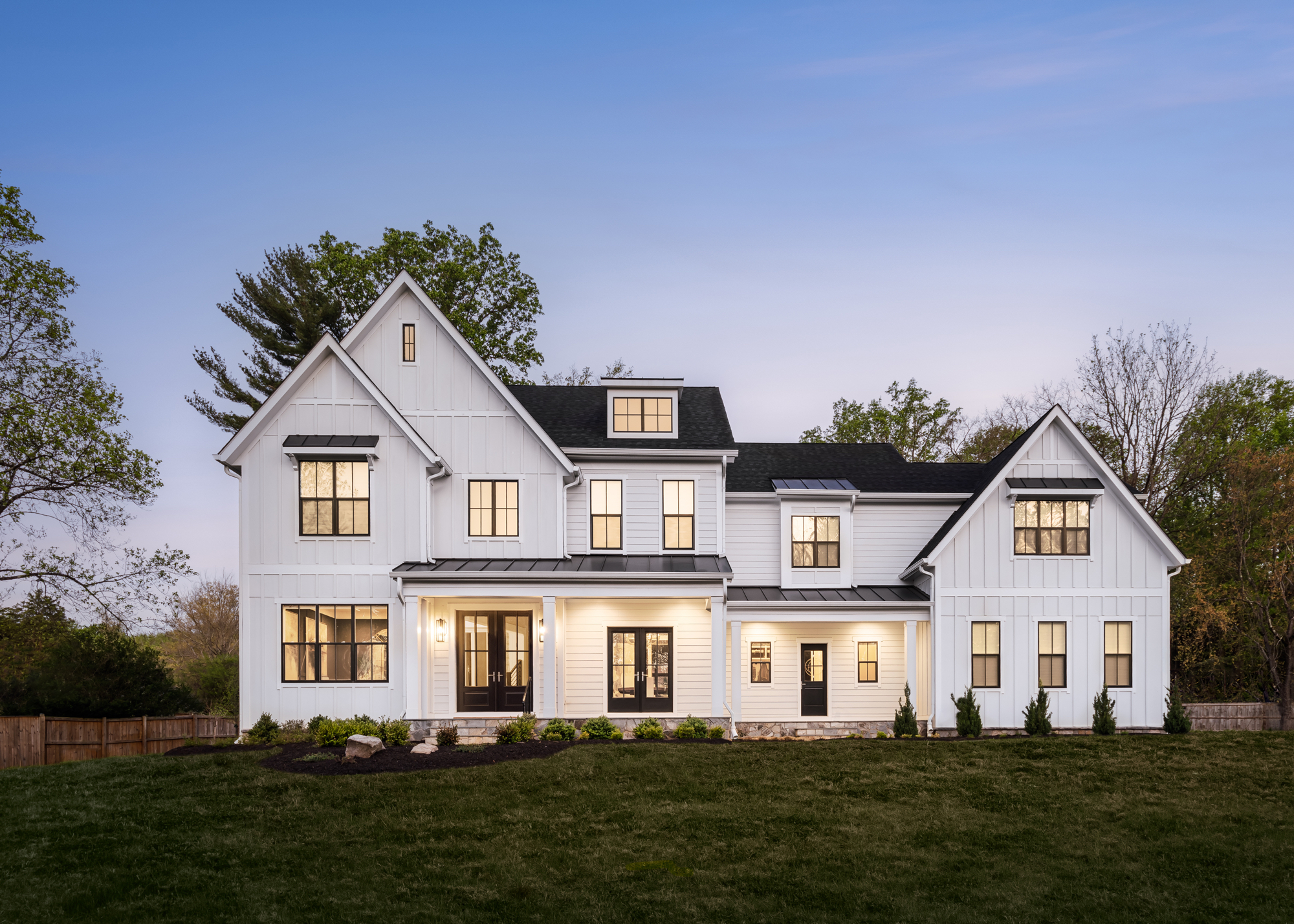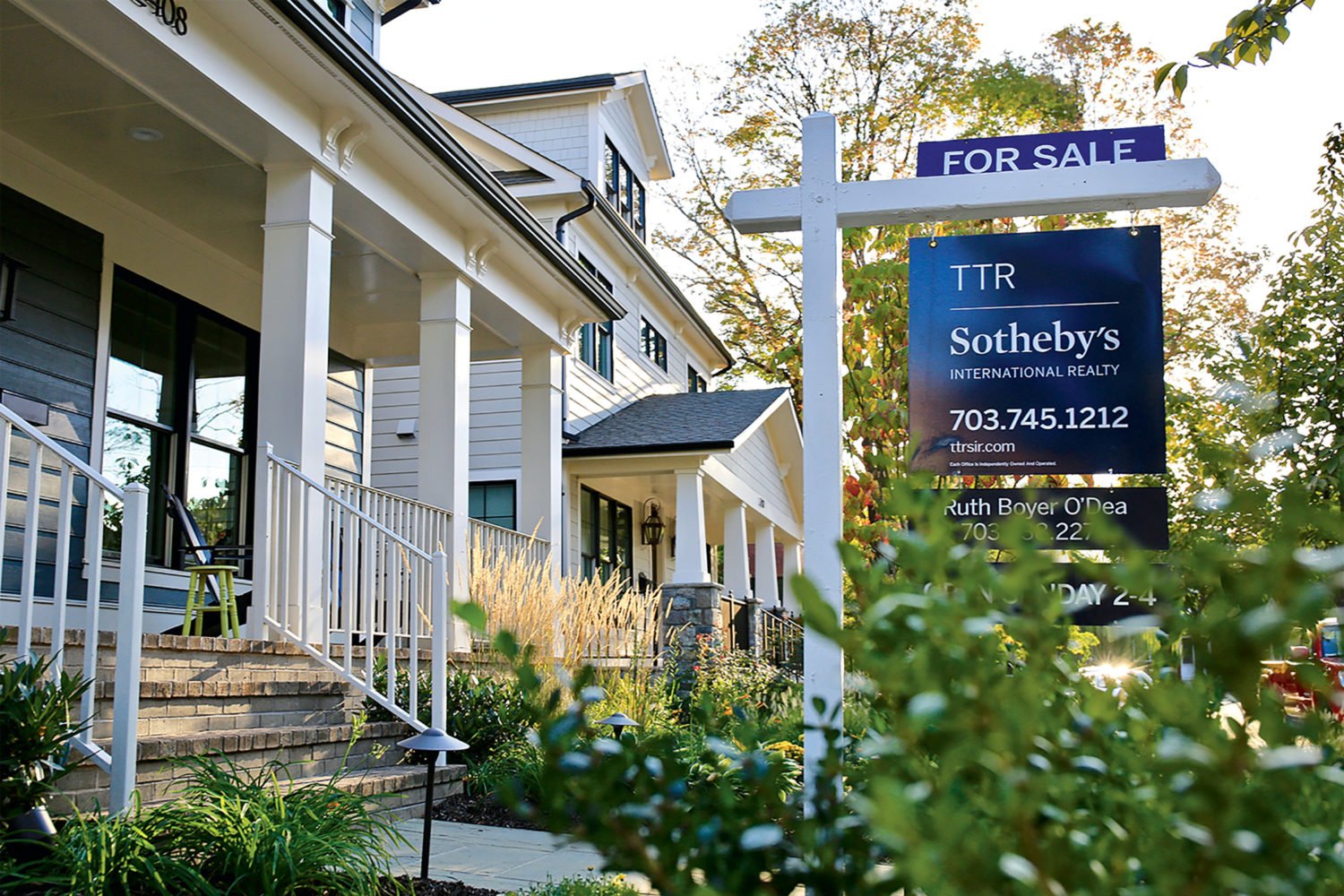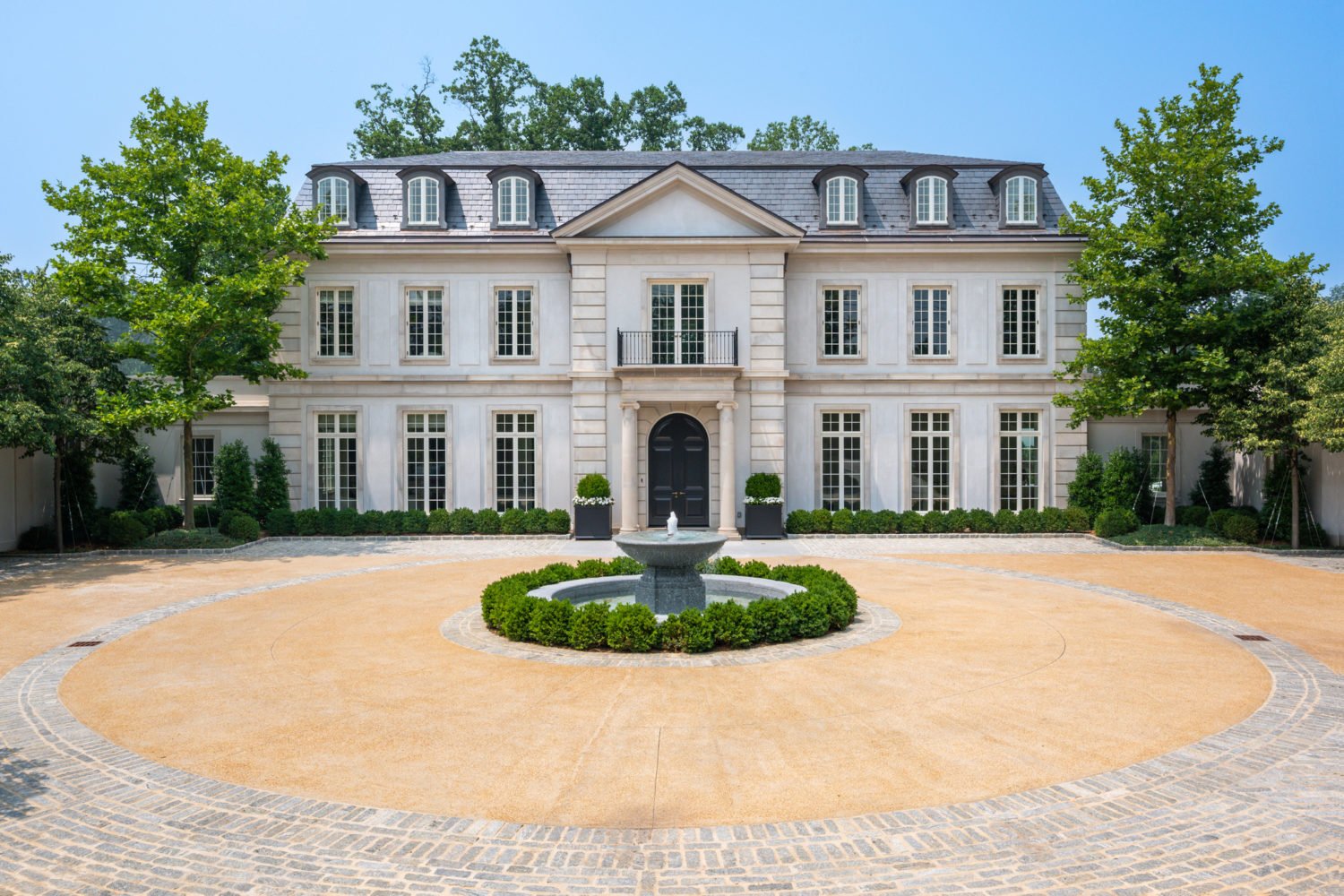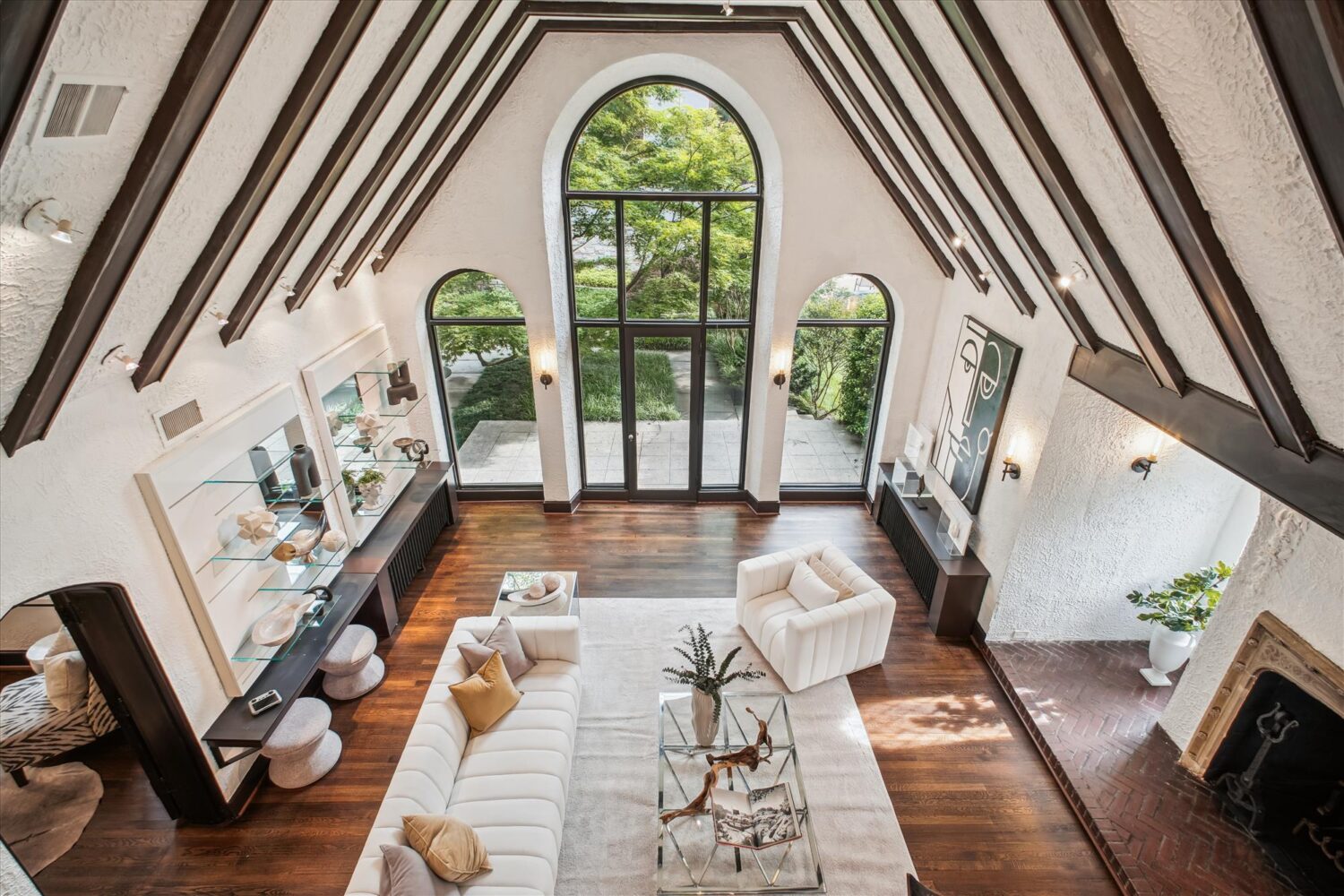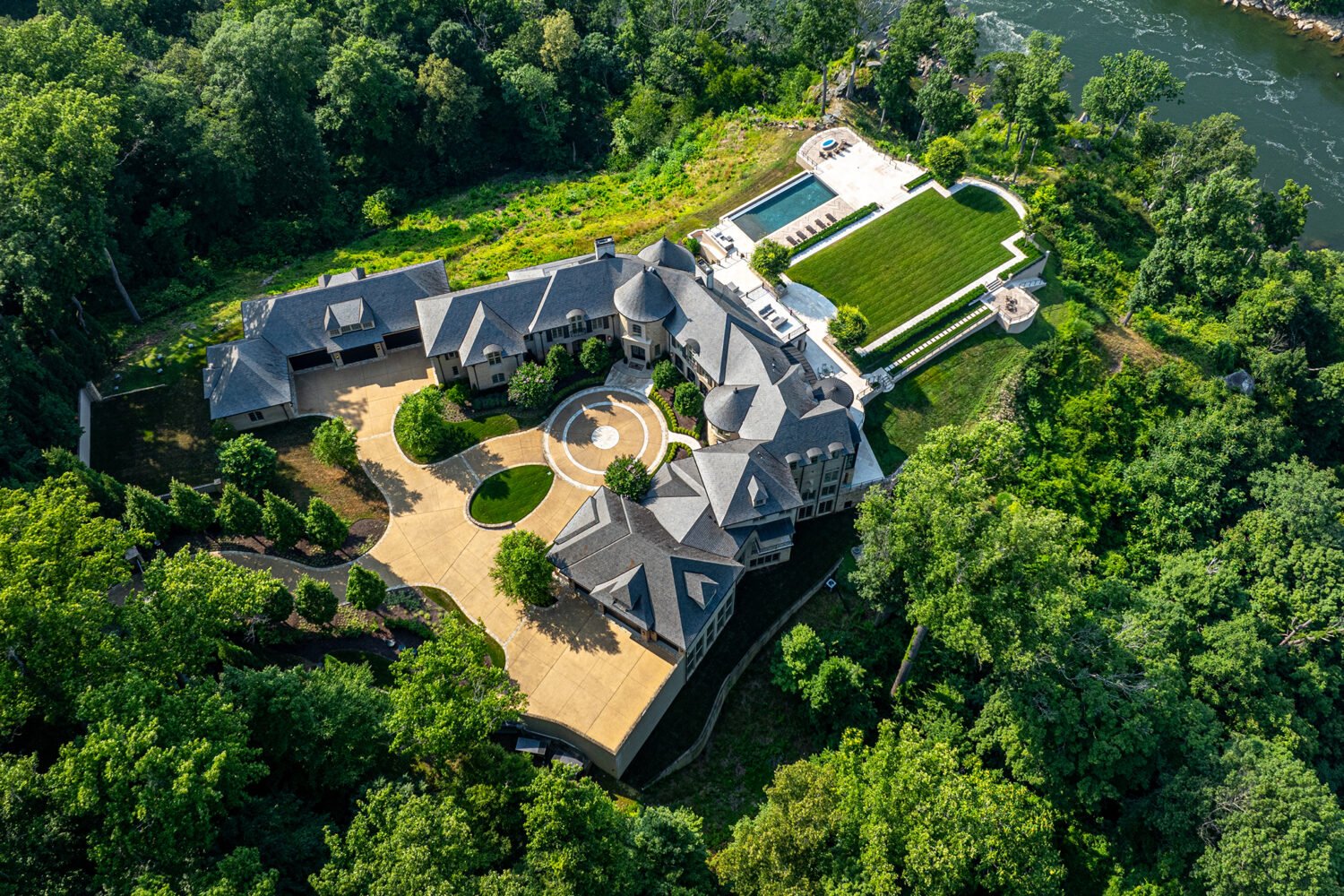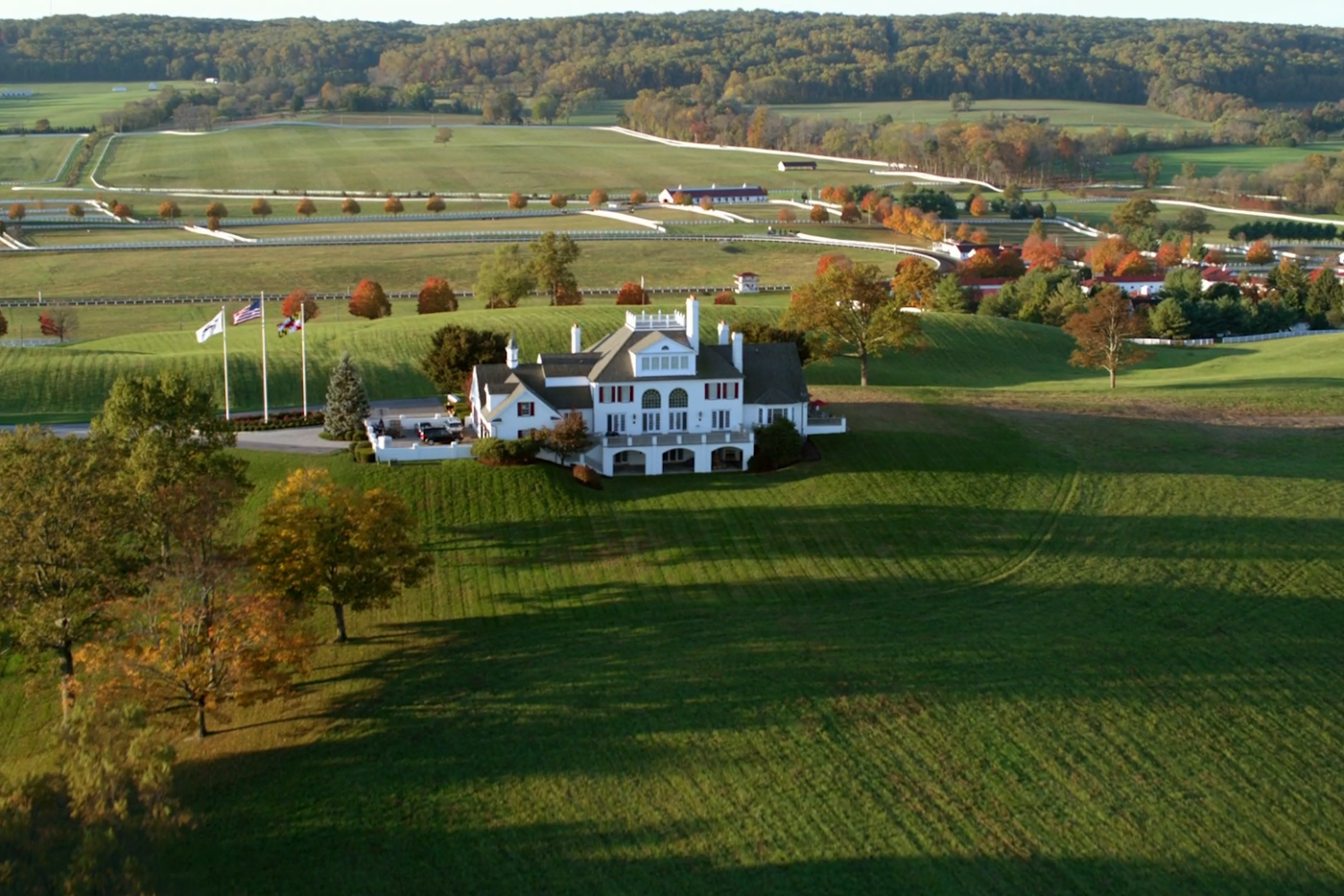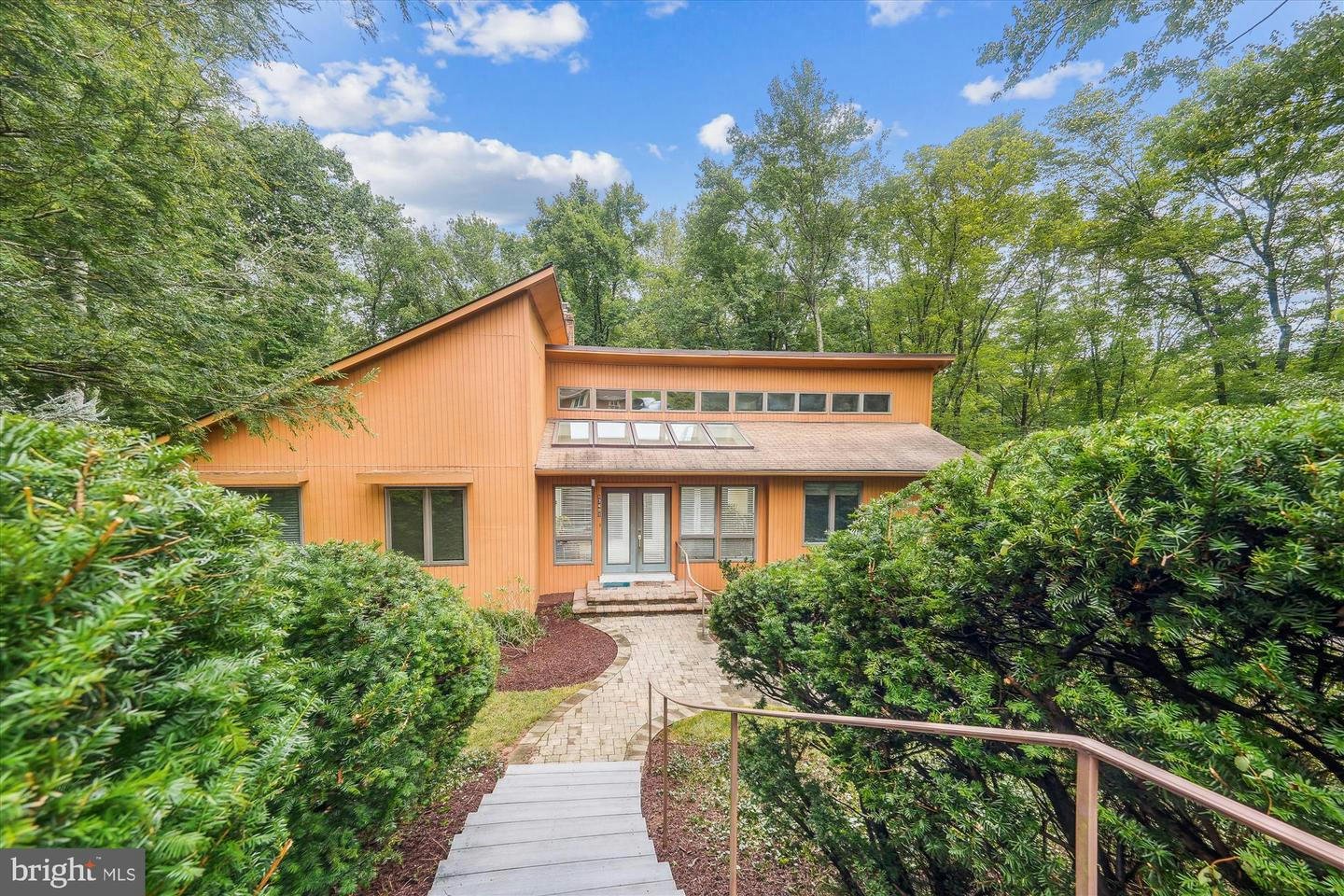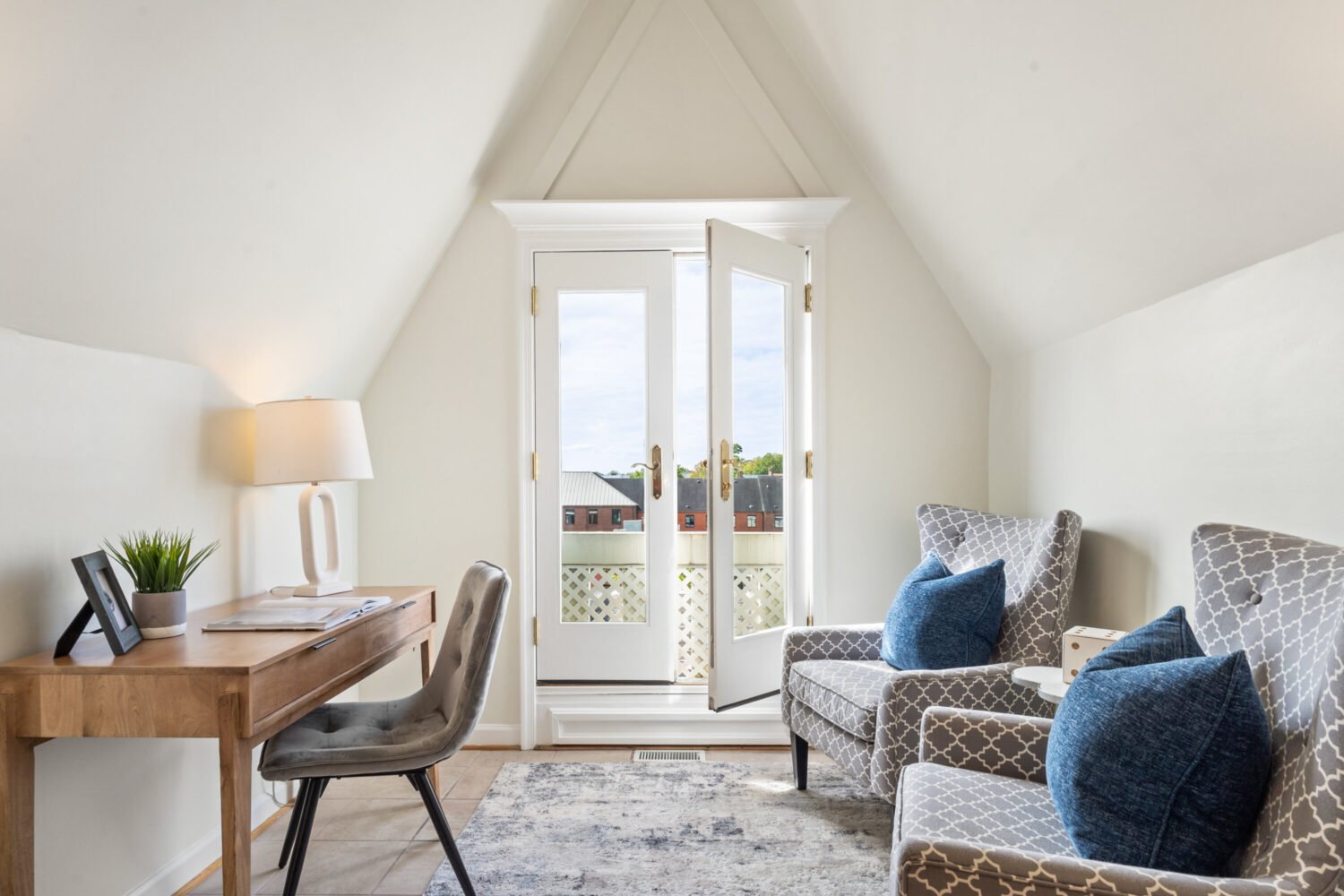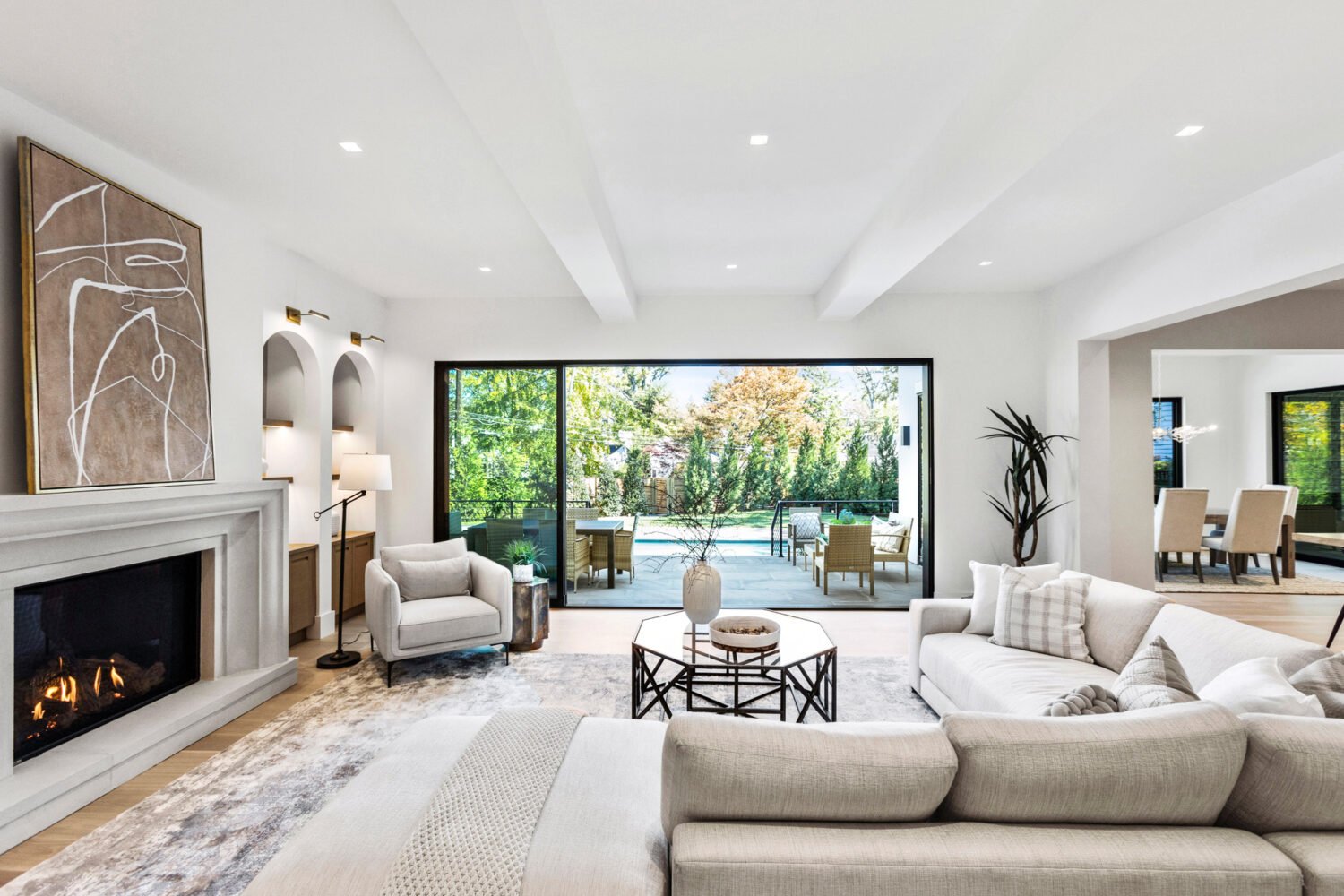You’ve likely spotted one in your own neighborhood: the modern farmhouse. Typically a teardown turned new-build or a house in a planned community, the style’s hallmarks include white board-and-batten siding, black window frames, gabled metal roofs, big front porches, and wood and stone touches. Inside, you’ll typically find open-concept floor plans, farmhouse sinks, sliding barn doors, stained wood beams, and shiplap.
Call it the trickle-down effect of home-decor personality Joanna Gaines’s farmhouse-chic aesthetic—these homes seem to be everywhere. Earlier this year, the wallpaper group Hovia analyzed Google data to declare modern farmhouse the country’s most popular design trend. Searches for “modern farmhouse” have almost doubled since the beginning of 2018, according to Google Trends.
Why is it so prevalent? In areas such as Washington, where Colonial and other traditional architecture have long been the norm, modern farmhouses provide a contemporary update without deviating far from the tried-and-true, says Ken Wormald, a managing partner at the homebuilding group Wormald Homes: “It’s allowing people to scratch that itch while still being in a warm, comfortable environment.” He estimates that 80 percent of Wormald’s single-family-home business consists of this style.
Plus, the classic farmhouse outline on which these modern touches are superimposed speaks to an Americana simplicity that’s appealing to buyers, says C.J. Howard, an assistant professor of architecture at Catholic University. “There’s something of an agrarian romanticism about it,” he explains. “There’s something comforting.”
Nimita Shah, a division vice president at the homebuilding company Toll Brothers, says the homes also appeal to families craving functionality over formality—no elaborate crown molding or chair railings here. The modern-farmhouse look is one of Toll Brothers’ most popular options, says Shah—indicating an overall societal movement toward a more casual vibe post-Covid.
Take Jenna Jacobson, who moved into her new Toll Brothers–built modern farmhouse in July. The Bethesda home has six bedrooms, six bathrooms, 6,000 square feet, and all the standard Gaines-ian touches. (Jacobson declined to share the price, but homes in this community start at $1.2 million.) She liked that the house provided a neutral backdrop she could customize via furniture and art, that it had plenty of open-concept space, and that it’s a modern take on a longstanding look. “From the investment side, I think it’s a style that’s here to stay,” she says. “Even though it is so trendy and popular now, the aesthetics will maintain their appeal.“
What are the downsides? Well, like all trends, it could reach oversaturation. Geoff Dudgeon bought his $1.7 million, five-bedroom, four-and-a-half bath, 5,898-square-foot Chevy Chase modern farmhouse in 2021. While the look wasn’t the driving factor, he does appreciate the clean simplicity. He has also since noticed an explosion of this style around Chevy Chase and Bethesda: “They’re literally everywhere now. It has gone from a relative outlier aesthetic to almost a default for new renos.” One of his friends was visiting and actually parked in the driveway of another home on Dudgeon’s street—it looked so similar to Dudgeon’s, he got confused.
While Howard says an excess of agrarian-looking houses could seem out of place in a urban area like DC, he also points out that it’s not a bad trend to work with, aesthetically speaking. Especially compared with what he calls the “clumsy” McMansions of the early aughts, with their sprawling wings and detail-heavy facades. “The precedent here really is pretty simple, so it’s harder to screw up,” says Howard. “It’s inherently humble or modest.”
This article appears in the October 2023 issue of Washingtonian.

